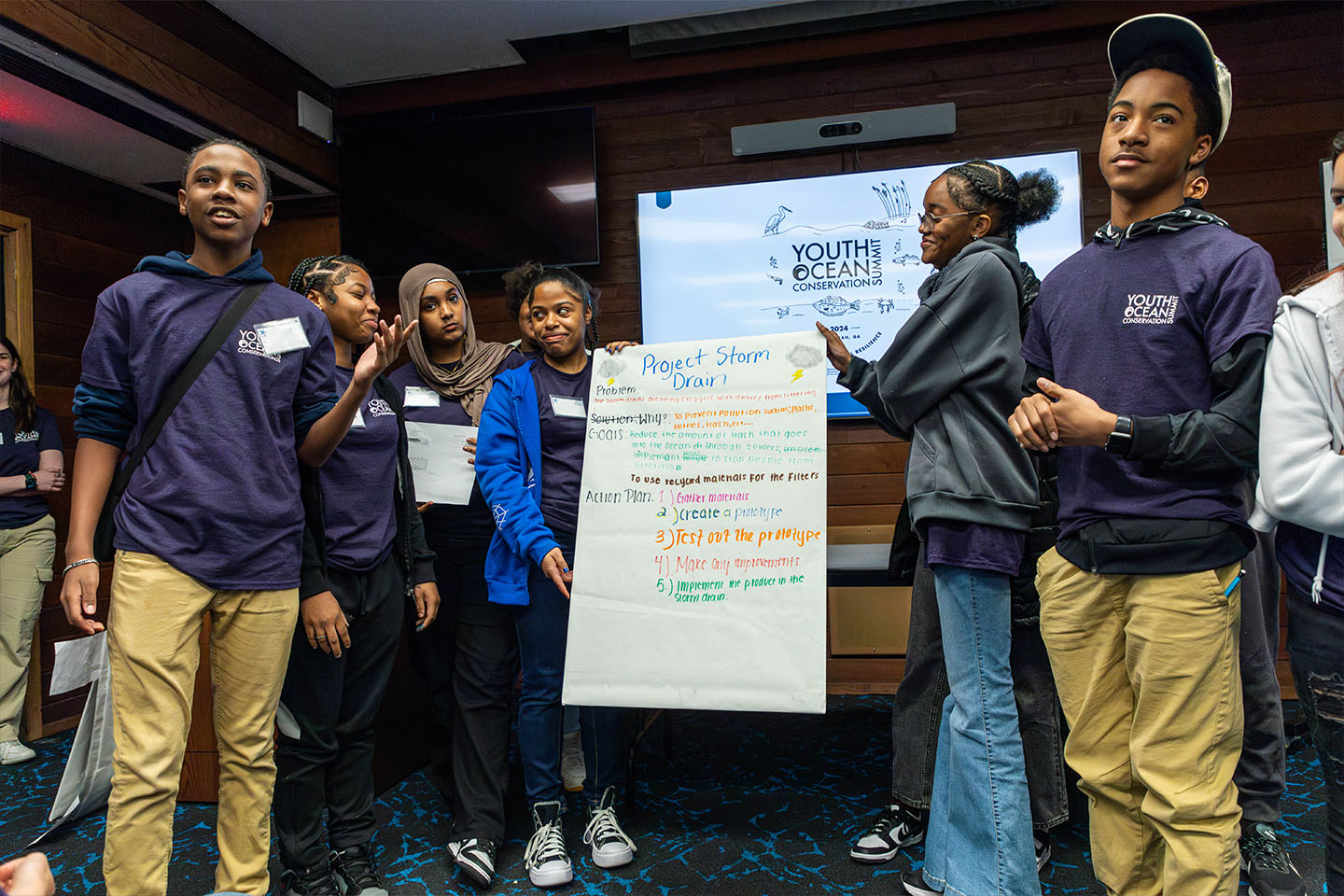As the weather warms up and the first leaves emerge, we rush out to our local nurseries and garden centers, determined that this is the year that our landscape looks better than ever. Surrounded by color and banners and flowers and people loading wagons with plants, we stand awestruck, then dumbstruck, then paralyzed. Now what? Which plants? Where to plant them?
That situation, that confusion, is exactly why the Georgia Gold Medal program exists.
Based at the State Botanical Garden of Georgia, part of the University of Georgia, this program selects one dependable, attractive plant that does well throughout Georgia in five to six categories each year. There have been Georgia Gold Medal winners since 1994, so there are now more than 100 Georgia Gold Medal winners.
Descriptions of all winners can be found at georgiagoldmedalplants.org.
Look at what just this year’s winners can do for your home landscape:
• ANNUAL: Wishbone flower, clown flower (Torenia fournieri)
Let’s start with the best features: This is an easy-to-find annual that blooms in the shade and is deer-resistant. Solid and two-tone blooms in whites, pinks, yellows, blues and purples look like individual snapdragon flowers, blooming from spring until frost. No need to cut off spent blooms; this is a self-cleaning annual. These plants are 8-12 inches tall and 6-9 inches wide, perfect for low bedding in front of a border. Torenia, especially the trailing varieties, also looks great in containers.
• PERENNIAL: Variegated Japanese Solomon’s seal (Polygonatum odoratum “Variegatum”)
Bright, green leaves with cream edges turn gold in fall before the plant disappears under the mulch for winter. Spreading rhizomes form a colony of stems rising from the ground 24 inches high. This is one of the best perennials for the shade garden, brightening dark spaces and contrasting well with solid, green ferns, hostas and shrubs.
• SHRUB: Compact gardenias (Gardenia jasminoides (G. augusta))
Creamy white, fragrant, single or double flowers stand out against the dark green, glossy foliage of gardenias. The compact growth of new hybrids help make gardenias easier to incorporate into today’s home landscapes and moves them to the forefront of shrub borders. “Daisy” and “Double Mint” at 3 feet tall, Heaven Scent at 4 feet tall and “Frost Proof” at 5 feet tall are examples of gardenias that work as low shrubs, evergreen groundcovers or accents in a container. Plant gardenias a bit high to ensure good drainage. They respond well to pruning right after they bloom. A perfect spot for gardenias offers full sun in the morning and early afternoon, then shade mid to late afternoon, plus good air circulation.
• GROUNDCOVER: Sweet flag (Acorus gramineus “Ogon” and Acorus gramineus “Minimus Aureus”)
Have a wet, shady spot? Sweet flag thrives on the edge of a pond or stream or in a boggy site. The golden foliage of these two varieties will brighten dark areas, contrast with rich green or burgundy foliage, or fill between stepping stones. This fine-textured, grass-like plant can spread to create a deer-resistant groundcover. Ogon is 10 inches high; Minimus Aureus is 3 inches high.
• NATIVE PLANT: Muhly grass (Muhlenbergia capillaris)
Two-foot tall, rounded grass clumps expand into airy pink or cream clouds when this plant blooms each fall. This sun-loving plant is low-maintenance, drought-tolerant and deer-resistant. Green in summer and tan in winter, muhly grass looks great with conifers, hollies and with native shrubs known for fall color. Cut back old foliage in late winter before new growth appears.



